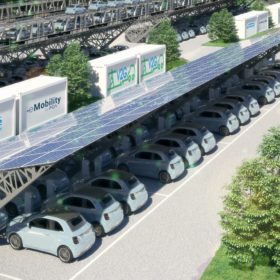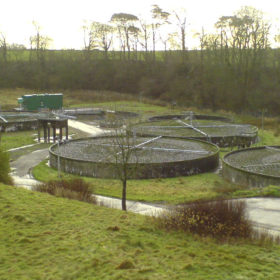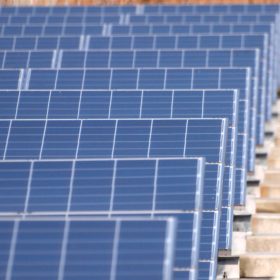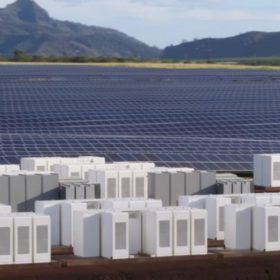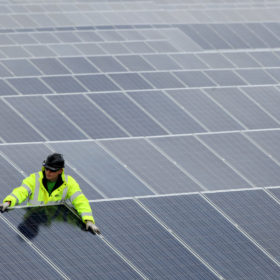Agrivoltaics works better with leafy greens, root crops
U.S. researchers have created a new model to assess the overlap between solar potential and underlying land use. The areas with the largest potential are the western United States, southern Africa, and the Middle East. The researchers concluded that croplands, grasslands, and wetlands are the top three land classes for PV projects linked to agricultural activities, while barren terrain, traditionally prioritized for solar PV system installation, ranked fifth.
Indian Railways plans 3 GW of solar capacity
The projects – to be developed in three phases of 1 GW each – will be completed by the end of 2023. While the first and third phases will be developed under public-private partnerships, the second phase will be built under India’s Central Public Sector Undertaking Scheme.
Australia’s first digitized PPA
The 9.4 MW Robinvale Solar Farm is Suntech’s first 100%-owned project in the Australian pipeline to come to fruition and the first solar project in the country to deploy WePower’s blockchain-based PPA architecture, which opens up opportunities for smaller corporate customers to go green with their procurement strategies.
EV batteries providing grid stabilization services at Italian car factory
Fiat Chrysler has begun construction of a vehicle-to-grid pilot at its Mirafiori manufacturing facility in Turin. The project, which also includes 5 MW of PV, will eventually become a virtual power plant.
Scottish Water launches tender for solar projects up to 5 MW
The Scottish water provider is seeking proposals for the development and construction of several solar plants ranging in size from 50 kW to 50 MW. The installations can be a combination of ground-mounted PV systems and rooftop arrays.
Single-axis bifacial PV offers lowest LCOE in 93.1% of world’s land area
Researchers from the Solar Energy Research Institute of Singapore have concluded that utility-scale PV projects relying on bifacial panels and single-axis trackers deliver the lowest levelized cost of energy in most of the world. They found that the combination of bifacial products with dual-axis trackers is still too expensive, despite the higher yield. The second-lowest LCOE is offered by monofacial single-axis tracker plants.
A ten-year PPA for 50 MW Spanish project
Dutch solar developer Sonnedix will supply Norwegian renewables company Statkraft with around 100 GWh of green electricity annually from 2021 to 2031. The electricity will be generated by a solar plant planned in Badajoz. Sonnedix also announced the acquisition of 4.6 MW more Spanish solar capacity.
PV systems could provide up to 60% of output during hurricanes
Researchers in the U.S. have demonstrated, using simulations, PV system generation can range from 18-60% of clear-sky potential during hurricanes – provided the arrays do not suffer damage. According to them, solar installations could continue to provide back-up power when grids are down during hurricanes, especially if coupled with energy storage.
Hawaiian utility allocates 460 MW of PV and 3 GWh of storage in renewable energy procurement
Winners of the island state’s largest ever renewable energy procurement include AES, Hanwha, Engie, EDF, Longroad.
Anesco builds two solar parks in Netherlands
Anesco is making its international debut with two more major projects for Shell New Energies – its first endeavor outside the UK. The two solar parks in the Netherlands will have a combined capacity of 26 MW. Anesco previously partnered with Shell New Energies on a battery storage project in the UK.



